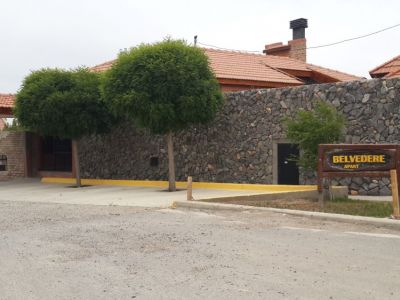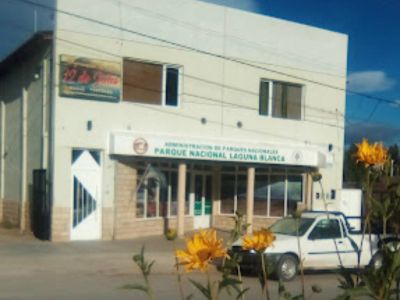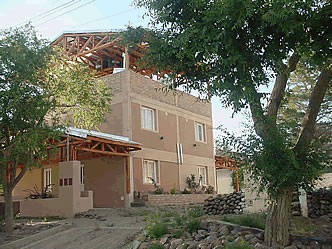Laguna Blanca National Park
In the heart of the Patagonian steppe, a national park provides shelter for hundreds of aquatic birds, especially the black-necked swan.
Laguna Blanca National Park –whose name stands for White Lake in Spanish- is only a few kilometers from Zapala. It is a renowned nature reserve of great biological importance. The lake itself is 1,270 meters above sea level and there are numerous trails in the high, arid plain communicating different sectors. After traversing volcanic landscape and approaching the wetlands, we gradually discovered different birds whose species we could not always identify. It was only when we determined our location and reached the park warden’s office that we learnt more about this rugged land. The main attraction is represented by the species (over 100) which nest in the reserve during the year. It is the habitat of several kinds of ducks, coots, Magellan geese and flamingoes. But is the black-necked swan the lake owes its name to. Some time ago, they were so numerous that their white feathers hid the waters of the lake and from a distance appeared to be snow.
Birds vary according to the seasons as not all of them visit the region at the same time of the year. The lake is a meeting point for bird watchers who know exactly when the different species nest. We walked among the rough vegetation, used to strong winds and little water. Shrubs such as nettles, neneo and desert needle grass make up the vegetation and wherever water provides moisture birds nest and feed. Other Inhabitants There is a Patagonian frog in this reserve which never shows itself although swift perch and trout feed on its tadpoles. There are also birds of prey such as the hawk eagle and the peregrine falcon. Pumas, fox, dwarf armadillos, rheas and wild cats are among the mammals found in the area. The park warden told us they are all part of the large family at Laguna Blanca. He also told us about his personal experience and gave us directions. Although fishing is allowed, this area has different regulations so it is advisable to consult National Parks Administration. Very few tourists come to Laguna Blanca though it is well worth a visit to learn about its nature and the species that manage to adapt to the hostile environment and make it their home.
Mónica Pons
Parques Nacionales - Prensa
Contact of the excursion or tour
Parque Nacional Laguna Blanca
Ejército Argentino 217, Zapala, Neuquén, Agentina
Phone: +54 2942-431982





























